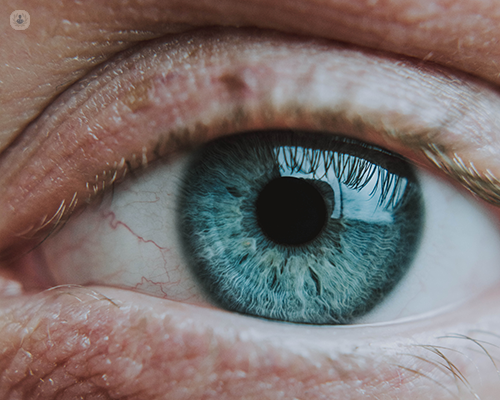Why ophthalomologists avoid cataract surgery in high myopia?
Have you ever wondered that why your ophthalmologist avoids and delays operating on your cataract if you use very high minus prescription ir have high myopia? This is because people with high myopia (pathological myopia) undergo structural changes in the eye leading to complicaitons in the retina. High myopia and retinal pathologies As the axial…

